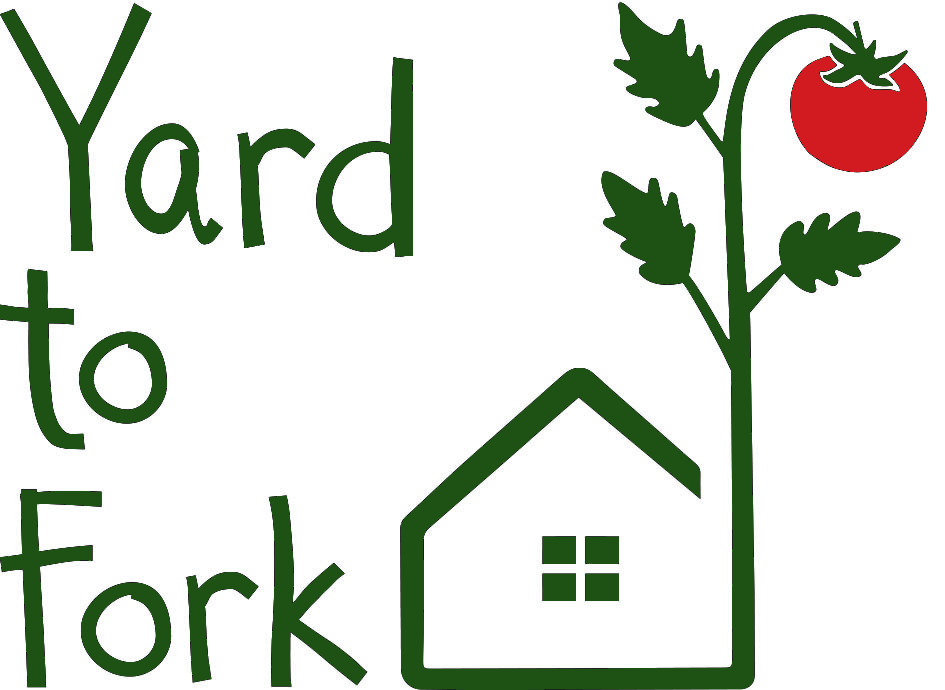Garden Bed Design Ideas for Fall/Winter
/Do you ever feel like you’re growing the same ol’ veggies every year? Are you looking to switch up your planting approach to your Fall/Winter garden? If you’re interested in trying something new this season, consider one of the following planting plans we have put together! For many gardeners, choosing a theme for a specific planting bed is a new and rewarding endeavor. An important part of a home garden is inspiration, and curating your approach with a specific goal in mind can give you a renewed sense of fun and appreciation.
A few notes on the plant arrangements:
You’ll notice by the compass in the corner of the images that the beds are situated North to South. In general, it is useful to plant the tallest veggies on the North side of the bed, since the sun moves from East to West in the Southern part of the sky. If shorter plants are planted on the North side, they may be shaded by taller plants across the bed. If your beds aren’t situated exactly North to South, do your best to space plants along that rotating axis.
The bed pictured is about 4’ wide and 8’ long. Although the plant spacing seen in the images is generally accurate, we have also listed numerical spacing guidelines below. The numbers can be fudged a little bit, but do your best to hit the mark to allow for proper root growth.
The number of plants chosen for each variety is just a suggestion; feel free to add or subtract based on what you like!
Pollinator Garden
Although there aren’t many Fall/Winter veggies that need pollinator species to produce the plant parts that we normally harvest, having flowers available can help local birds and insects get through the lean months when it’s cold and rainy. The flowers pictured here are normally available at local nurseries in the Fall, and should keep blossoms for much of the cooler months before it comes time to plant a Spring garden. Variety is always a surefire approach to attracting a diverse cast of useful little flying visitors, and to top it off, every one of these flowers is perfectly edible! Give each one a taste and see how you might want to incorporate them into your daily meals or baked goods.
Pansy: 6 inch spacing
Zinnia: 12 inch spacing
Chrysanthemum: 12-18 inch spacing
Amaranth: 12-16 inch spacing
Dahlia: 12 inch spacing
Beginner Garden
If it’s your first time planting a garden on your own, or you don’t have much experience taking care of cool-season veggies, give these ones a shot. Small leafy greens such as lettuce, mustards, and bok choy, are generally the most self-sufficient veggies you can grow, and will provide you with consistent harvests for many weeks. They also mature quickly, so if something goes wrong, the delay in harvesting is minimal. And, you can count on receiving a harvest in a variety of lighting conditions, from full sun to mostly-shade. Parsley grows vigorously, tends to resist pests, and needs no pruning if harvested regularly. Kale and broccoli need a little more attention when it comes to pests, and do best in 6-8 hours of full sun, or more. However, both provide edible leaves that you can harvest gradually and use in a number of different ways in the kitchen. Broccoli crowns take some time to mature, but the harvest is worth it!
Lettuce: 6-8 inch spacing
Kale: 18-24 inch spacing
Bok choy: 8-12 inch spacing
Parsley: 12 inch spacing
Mustard: 8 inch spacing
Broccoli: 18-24 inch spacing
Shady Garden
A shady garden is one that only gets about 3 hours of direct sun all day, and/or has dappled shade/filtered sun for much of the day. If this describes your growing area, the good news is that you have options to grow successful veggies! Smaller leafy greens are going to be your best bet for a consistent harvest in low-light conditions. Lettuce and arugula provide fresh food options, while mustardy bok choy and savory chard are extremely versatile in soups, salads, stir-fries, pizza, etc. Only growing three or four vegetable varieties may seem underwhelming at first, but a major advantage of keeping your selection small is that you can grow much more of each type, and having a staple like lettuce always at hand can be quite a relief. And, if you have a bit more sunlight available, something like 4 or 5 hours, you can incorporate crops like radishes, beets and carrots. A large part of gardening is experimentation, so don’t hesitate to try some new things and see the results!
Lettuce: 6 inch spacing
Arugula: 6-8 inch spacing
Bok Choy: 8-12 inch spacing
Chard: 18-24 inch spacing
Preserve Garden
Most veggies can be preserved in one form or another, so you can be very diverse with your choices if your goal is preserving. We decided to hone in on some of the small, fun root and bulb crops, many of which are directly seeded into the soil, rather than transplanted as seedlings. Beets, carrots and radishes are all planted as seeds into the soil, and garlic cloves are broken off of a bulb and planted individually. Planting your own seeds and watching them grow adds a level of gardening magic that you just don’t get when transplanting a seedling, making it a great activity to try with kids. While root veggies have a relatively fast turnover, onions, shallots and garlic are long-term propositions, hence planting them at the end of the bed. This way you can harvest and replant root crop seeds without majorly disturbing their roots. In fact, the maturity times in the pictured bed run the gamut, allowing for a dynamic schedule of harvesting and reseeding. Dill and fennel are classic preservation herbs, and frond-like leaves can be harvested as needed throughout the season as you ferment, pickle and can. The herbs can also be swapped for other preferred cool-season options, such as parsley and cilantro.
Beets: 8 inch spacing in a grid, or 3 inch spacing with rows 12 inches apart
Carrots: 4-6 inch spacing in a grid, or 2 inch spacing with rows 12 inches apart
Dill: 12 inch spacing
Fennel: 12-18 inch spacing
Garlic: 6-8 inch spacing in a grid, or 4-6 inch spacing with rows 12 inches apart
Onions: most varieties 4-6 inches apart
Radish: 3-4 inch spacing in a grid, or 1-2 inch spacing with rows 8-12 inches apart
Full Sun Garden
If your garden space is graced with unhindered sunlight for at least 8 hours a day, you can literally grow anything under the sun. Although the light requirements of vegetable plants vary, nearly all veggies prefer a full day’s worth of sun if they can get it, and the effects of having full sun are dramatic in how large and productive they can be. Spinach and leeks will give you something in less than a full day of sun, but not nearly as much without it. Many of the larger cool season plants, such as Brussel sprouts, cauliflower and cabbage, may not produce a reliable crop at all without long hours of sunlight. Full sun conditions provide a great opportunity to try out larger plants and unique and uncommon varieties, as you can count on them having the best shot at success. The possibilities are wide open, so give some of these veggies a try, switch things up with old favorites and new experiments, and assemble your ideal garden bed!
Brussel Sprouts: 18-24 inch spacing
Cabbage: 24-36 inch spacing
Broccoli: 18-24 inch spacing
Cauliflower: 18-24 inch spacing
Kale: 18-24 inch spacing
Leeks: 6-8 inch spacing
Spinach: 6-8 inch spacing




